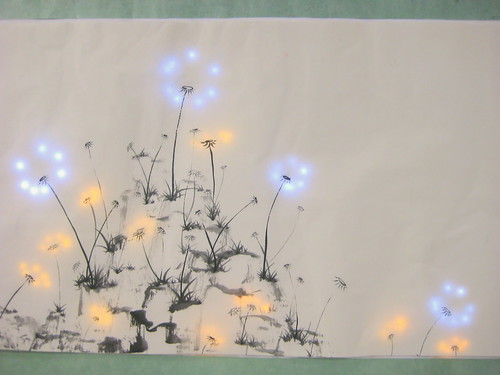1. ontography (本體書寫)
爆炸圖,心智圖,編碼...
http://www.toddmclellan.com/thingscomeapart
flat ontography:
On the presentation and production of design research artifacts in HCI
How do you define an ontology by presenting "ontography" or Latour Litanies?
0. research through design & annotated portfolios
1. annotated portfolios
2. strong concepts
What are the human-centered vs. object-oriented annotated portfolios?
Presentation:
1. using ontography to present your own interesting ontology.
2. choose at least 3 object-oriented designed interaction design artifacts, present their ontographies, and annotated portfolios (both human-centered and object-oriented views)
Deadline: 12/29


















































